Chinese Ferroalloy Producers Go Green Despite Risks
Brushing aside the financial risks, Chinese ferroalloy producers are pushing forward with their long-term strategies to go green and stay in line with ambitious government decarbonization timelines.
At least 11 ferroalloy companies, including Puyuan Ferroalloys and Ningxia Huaxia Special Steel, have received industry certification for their green ferroalloys, with more producers in line. Those producers are mainly located in Inner Mongolia, Shanxi, and Ningxia provinces.
This is despite difficult market conditions for their nascent products.
Chinese steelmakers are unwilling to pay a premium for green ferroalloys due to weak domestic steel demand and uncertainty over the emerging green steel market.
“In daily spot trading, participants do not care much about whether the alloy products are of low-carbon or not. Neither participants would pay a premium for the so-called green products,” a Chinese trader said.
It is understood that steelmakers will only pay more if they can pass on the additional costs to their clients.
An industry source said the cost to produce green ferroalloy products is around 15% more for plants operating in Inner Mongolia, the main region for Chinese production. Ferro silicon producers are by far the most energy intensive, needing twice as much power than ferro manganese, ferro chrome and silico manganese.
Despite the lack of financial incentives, the ferroalloys sector is being driven ultimately by Beijing’s decarbonization policies, sources said. President Xi Jinping has mandated that the country’s carbon emissions peak no later than 2030 and carbon neutrality be reached by 2060.
In May 2025, the government issued an electricity directive that makes it easier to prove that green ferroalloy plants are using renewable energy. Around 20% of the power usage from China’s major ferroalloy smelters are from renewable energy.
Green Certified
The green ferroalloys business is still in its infancy and the exact meaning of green remains up for debate.
The China Metallurgical Industry Planning and Research Institute (MPI), together with China Ferroalloys Industry Association, only started to carry out green product certification work for ferroalloys in 2023 and low carbon certification work in 2024.
Such certification takes the whole manufacturing life cycle of ferroalloy production into consideration, from raw material selection to processing, recycling and disposal, according to sources. Accurately tracing the full life cycle remains a major challenge.
“Practice shows that ferroalloy enterprises that have obtained green certification usually have their process energy consumption levels 10% to 15% lower than the industry average, and their total pollutant emissions are reduced by 20% to 30%,” MPI said.
However, an exact definition of what is considered a green ferroalloy in China was not clear with industry officials unwilling to elaborate on specifics.
Despite all the uncertainty and financial risks, China’s green certification is still in demand. Companies see it as a guaranteed lifeline, especially as Beijing looks to reduce overcapacity by eliminating outdated plants.
Future Markets
To cover the additional costs, China’s green ferroalloy producers might find it easier to charge premiums in the export market, especially in Europe as it prepares to impose carbon import tariffs.
China is expected to export around 900,000 t of its estimated 36.5 mt of ferroalloy production this year, an industry source said. It’s not clear how much of that total will be certified green.
Outside of China, France-based Eramet is already seizing on the potential market opportunities in Europe, with production of its low carbon manganese alloys at its plants in Norway and France.
Its eraLow brand products are guaranteed to be below 1.9 tonnes of carbon dioxide emitted per tonne of alloy (CO2/t). That’s well below the industry average of 3.9t CO2/t for manganese alloys.
Eramet, which operates one of the largest manganese ore mines in Gabon, seeks to eventually produce carbon-free manganese alloys and is testing carbon capture technologies at its pilot plant in Norway.
The European producer will likely face stiff competition from China, as the pipeline of green ferroalloy producers continue to grow.
